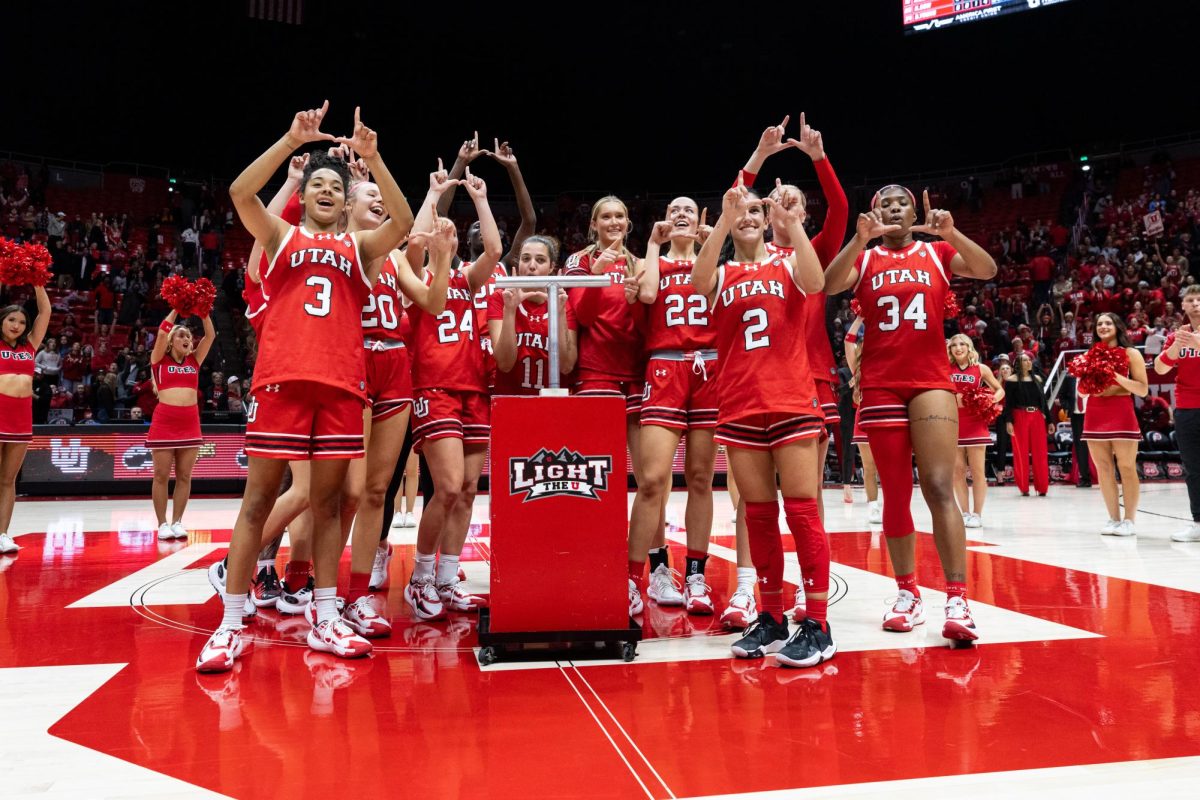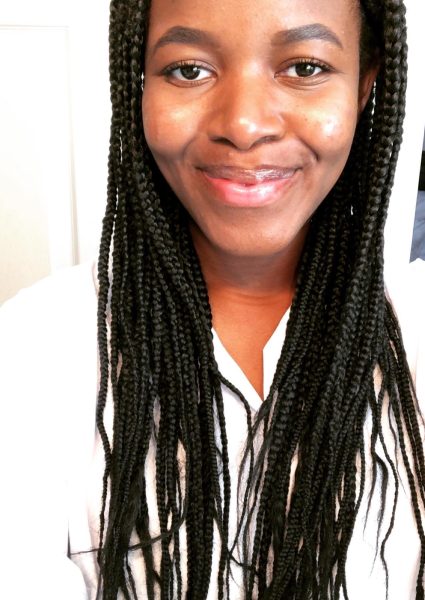Last spring the University of Utah’s women’s basketball team won the Pac-12 title for the first time ever. Meanwhile, the Utah Red Rocks gymnastics team took home the title for the third time in a row.
As the new season begins for our lady Utes, we prepare to see an exciting final season with the Pac-12. After a historic season for the women’s basketball team and the Utah Red Rocks, eyes will be on how these Utes finish off their time with the PAC.
Over the last couple of years, our ladies have shown just how much talent there is in the Wasatch mountains. The lady Utes have outperformed expectations and outdo themselves all around. However, there’s still more for the U to do for female athletes to see their efforts to fight against industry sexism.
It’s Time to Keep an Eye on the Ladies
In August, the Nebraska Women’s Volleyball team had a record-breaking season, filling Memorial Stadium with over 92,000 people. This is a record for the largest crowd to watch a women’s sporting event. In addition, the NCAA’s women’s basketball championship brought in nearly 10 million viewers this year, making it the highest viewership for women’s college basketball.
“Ever since winning the championship, I feel like more people come to watch our games and respect us in general,” said Utah women’s basketball player Néné Sow.
The record-breaking attendance isn’t a one-off happening — it’s much more national. The National Research Group found that more and more people have kept an eye on women’s sports. The study concluded that 85% of sports fans think it’s important for women’s sports to continue rising, while 60% of sports fans believe sponsors should invest more money in women’s sports.
“When I started basketball, I didn’t really know much about the WNBA but I’ve always known about the NBA,” Sow said. “However, now I’ve seen in the past year women have gotten more recognition, like how in the NCAA women’s championship game, no one expected over 50,000 people to watch.”
Even with this increase in support, the road will still be long and challenging. In the same NRG study, 42% of the fans said that they would never consider buying women’s sports merchandise — indicating the true lack of support for female athletes. Ultimately, our lady Utes deserve far more than they’re currently given — whether in the form of bolstering fan bases, encouraging the promotion of merchandise or more media exposure. Despite their lack of fanbase, there was still a 20% increase in sponsorships for women’s sports in 2022.
Pro Sports vs. College Sports
Professional female athletes have seen extra support and more investments in their careers. A recent multi-million dollar ad buy from Disney’s ESPN required 90% of its investments to be put into women’s sports. This includes investing in expanding game highlights, branded content and additional features on ESPN. This has been done through Disney’s partnership with Ally Invest to broadcast the ACC’s first-ever title sponsorship of the Women’s Lacrosse Championship, Basketball Championship and Soccer Championship games.
In Feb. 2023, the WNBA’s Seattle Storm sold a 14% stake in the team, valued at $151 million. Additionally, global revenues from TV sponsorships reached $1 billion in 2021. However, this only shows the necessity for a push of college-athlete media, particularly in women’s sports.
Nevertheless, this new interest and support did not come easily. In 2019, the U.S. Women’s Soccer players filed a federal lawsuit against the U.S. Soccer Organization for gender discrimination. The women filed the lawsuit after years of inequitable pay and treatment. This lawsuit showed the lack of support female athletes receive, but the settlement was only one battle of many that was victorious in the war against sexism.
The lawsuit ended with a settlement — the U.S Soccer Organization agreed to pay the players $24 million. The settlement deal also included nearly identical pay structures for appearances and tournament victories, revenue sharing and equitable distribution of World Cup prize money.
This case sets a precedent for female athletes to be seen as valuable as their male counterparts. Not only will it increase the visibility they deserve, but it will also help women know their worth. After this long uphill battle, change has already started taking place on a professional level. We’re still waiting to see it fully encompass the collegiate level, though.
Being a Female Athlete is a Career
Historically, female athletes have struggled to be valued and respected for their hard work and dedication. Women work harder in their sports, yet they still earn less than men. The U.S. Women’s Soccer team has won three World Cups but still has only managed to make one-third of what men get. The WNBA averages $116,580 in salaries, while their male counterparts average $10 million in salaries.
After the NCAA got sued for not compensating its athletes, they created the NIL. This new program has helped male and female college athletes get an early start to their careers. Regardless of this helpful program, this initiative has not done enough to help bridge the sex gap in the industry — especially when it comes to college sports.
Nonetheless, six women’s sports made the top 10 for most NIL-compensated sports. Yet, men take 60% of the compensation from NIL deals. College female athletes have attention now because companies want to give women their cake. Brands like Nike have taken strides to help female athletes by investing more in the growth of women’s apparel. Collegiate apparel alone can bring in $10,000 annually for student-athletes.
There’s a Light at the End of the Tunnel
Despite these challenges, there’s still hope and a bright light ahead.
Although many actions are being taken by various organizations, there’s still a long way to go. The U and the NCAA need to start investing more in their female athletes by taking initiatives aimed at leveling the playing field.
In 2019, the Daily Utah Chronicle reported that, on average, the U gave male athletes $16,999 in sports-related aid, while women only received $13,197 in aid. Despite this big blow to female athletes, there’s still hope that the correct and effective measures will be implemented now.
Fortunately, Utah patrons have started helping bridge these gaps through their pockets. In 2021, the U received a $6 million grant from Harriet and Leo Hopf to exclusively support women’s athletic programs on campus. This grant has helped launch women-focused club sports all around campus through the Utah Wings Program.
With the continuous rise in interest and pressure to support women’s sports and female athletes as a whole, this will set the stage for the U to start valuing all their athletes equally.




